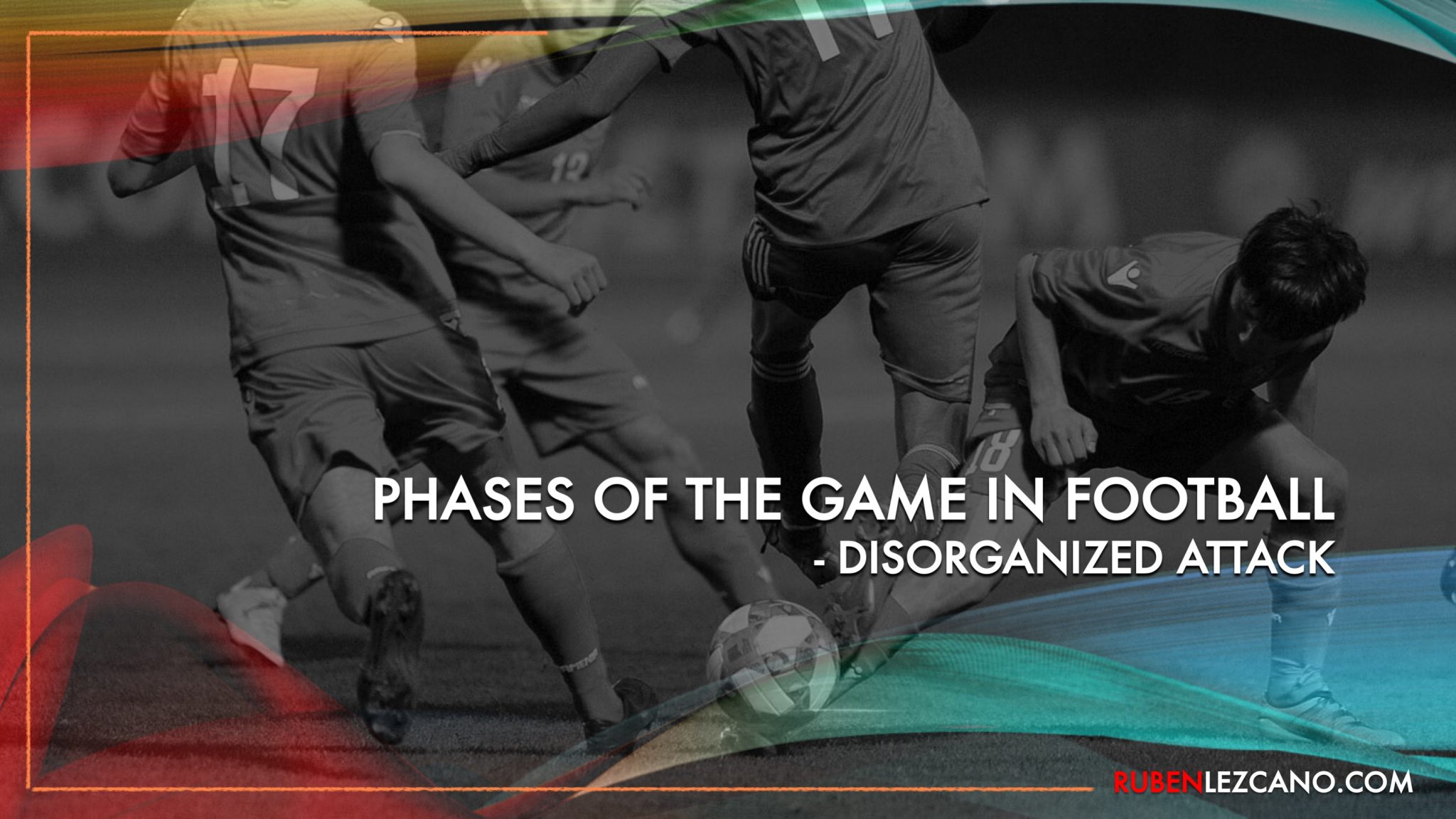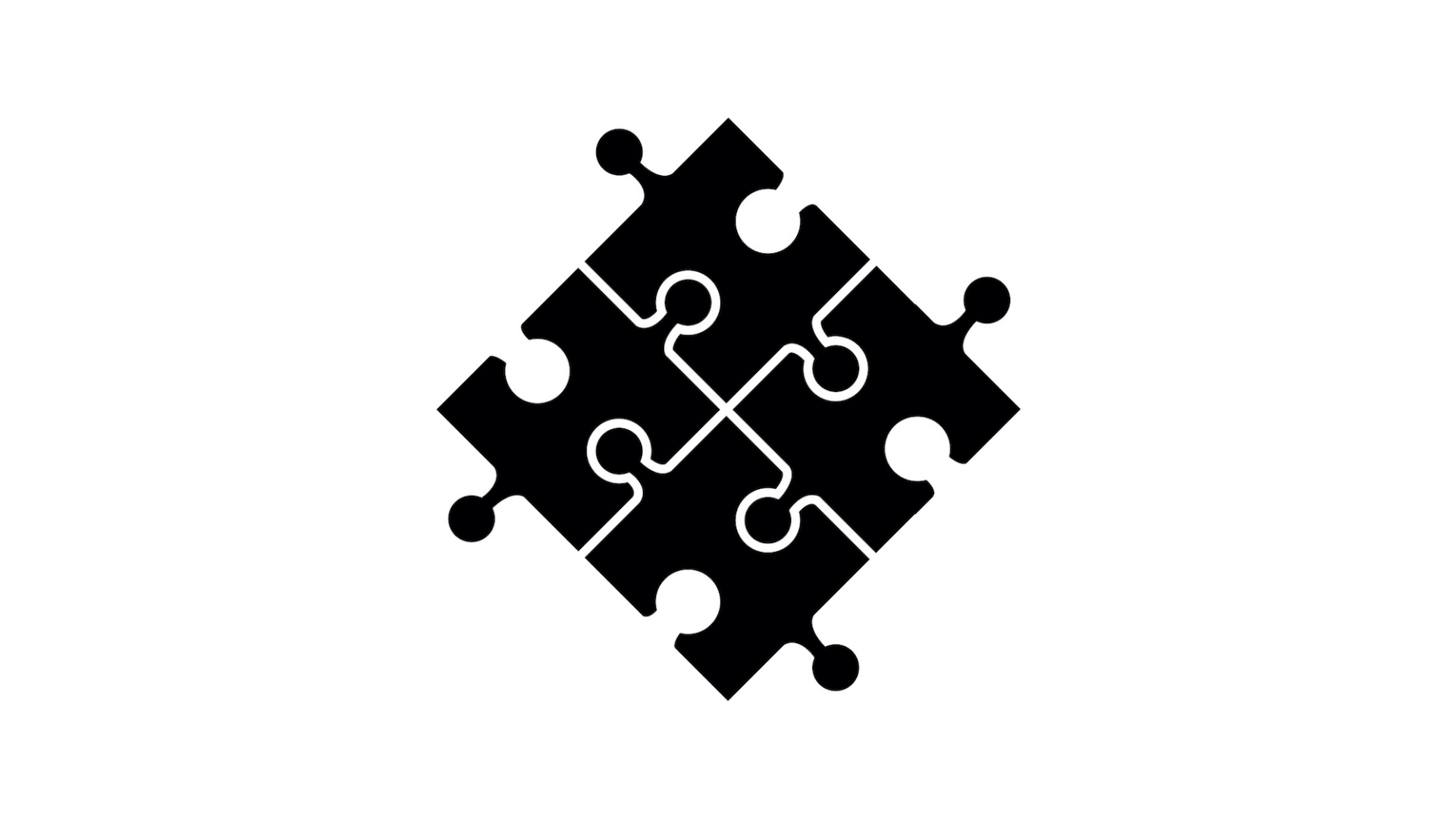GAME MODEL
DISORGANIZED ATTACK PHASE

Reproducir vídeo
- Start:
- After regaining the possession of the ball with the game in play
- End:
- When we lose the possession of the ball
- When we change to the Organized Attack Phase
- Features for the attacking team:
- Easier situations to solve for the team in possession of the ball
- The attacker has more time and space to act
- Less predictable situations
- Solutions depends less on the individual quality of the players
- Main objectives:
- To progress quickly so that the opposing team does not have time to organize. Whenever possible give the first pass to the farthest man.
- To anticipate the loss of the ball.
- In the case of not being able to carry out a Disorganized Attack: Avoid losing the ball fast, secure the possession of the ball and try to pass to the Organized Attack Phase.
- In the case of being able to carry out Disorganized Attack: All the players advance together and at the same speed to reduce distances and be ready to defend if we lose the ball.
- Implications for training:
- The Disorganized Attack situations that follow Organized Defense Phases are partially trainable at a tactical level, since we can anticipate in which area of the field we have more possibilities of recovering the ball and where our players will be.
- The Disorganized Attack situations that follow Disorganized Defense Phases are not very trainable at a tactical level, since it is very difficult to anticipate where they will happen and the position of the players in each of them.
- It is essential to work the transition from the Defense Phases (organized and disorganized) to the Disorganized Attack Phase.








